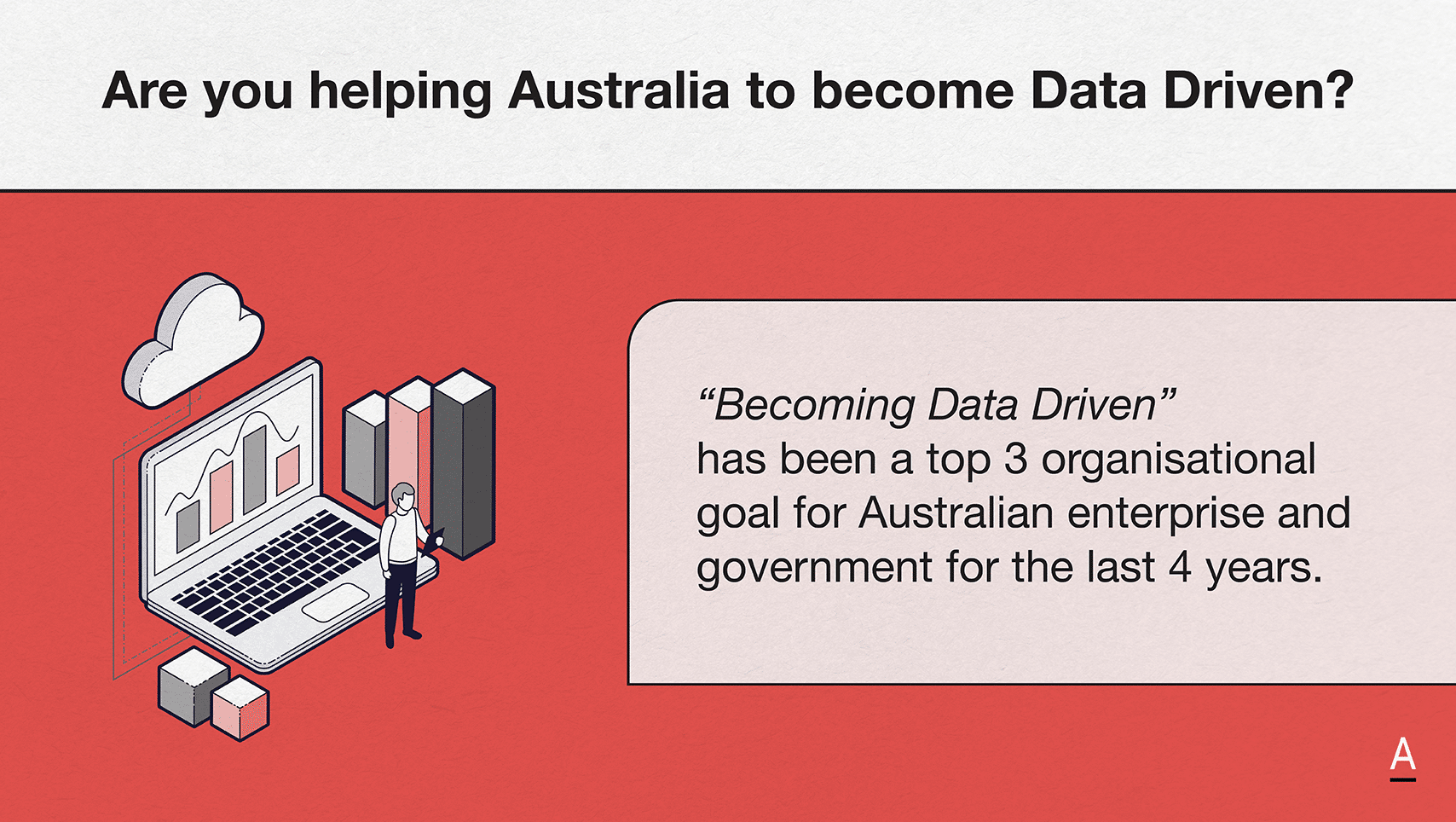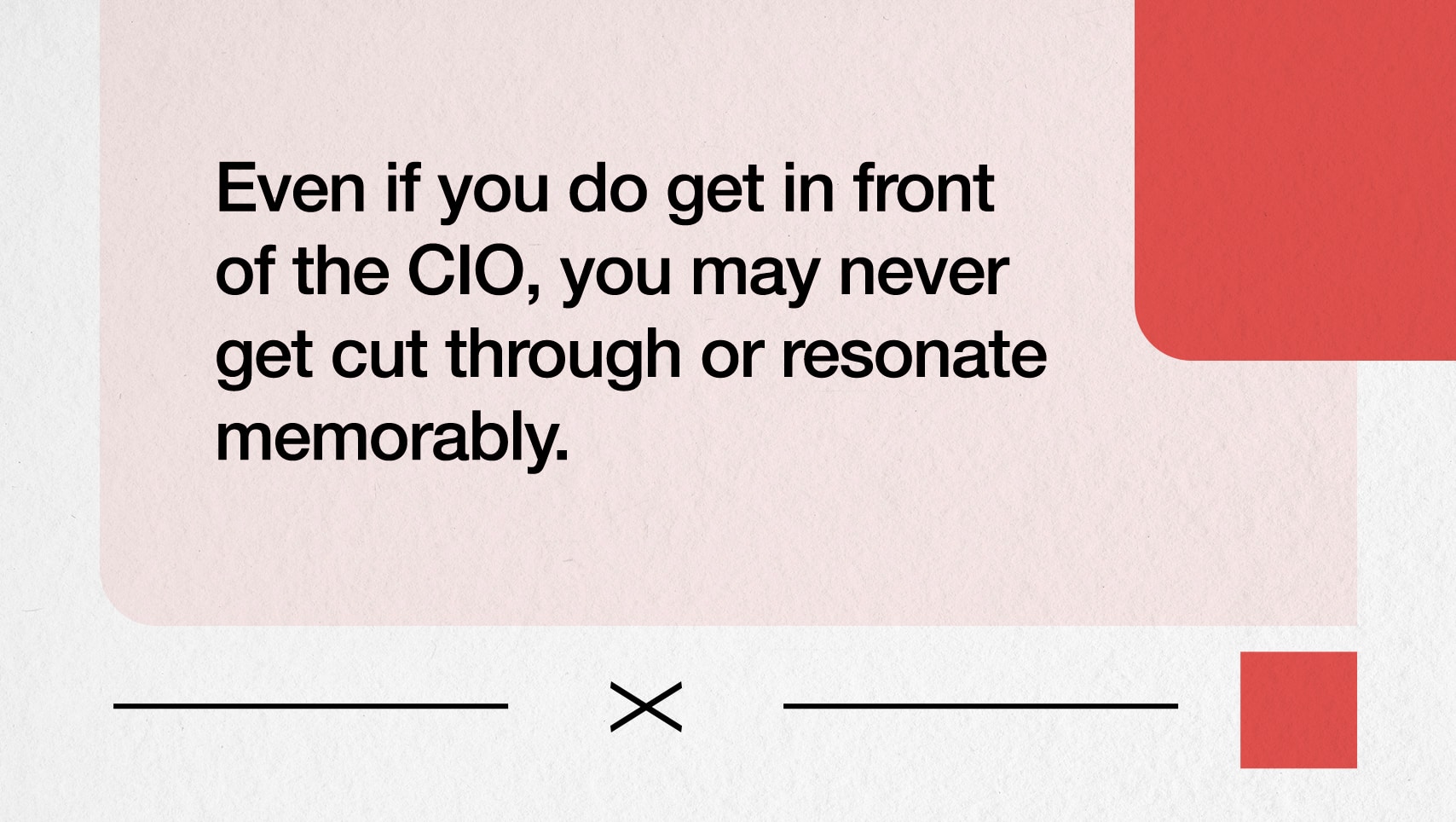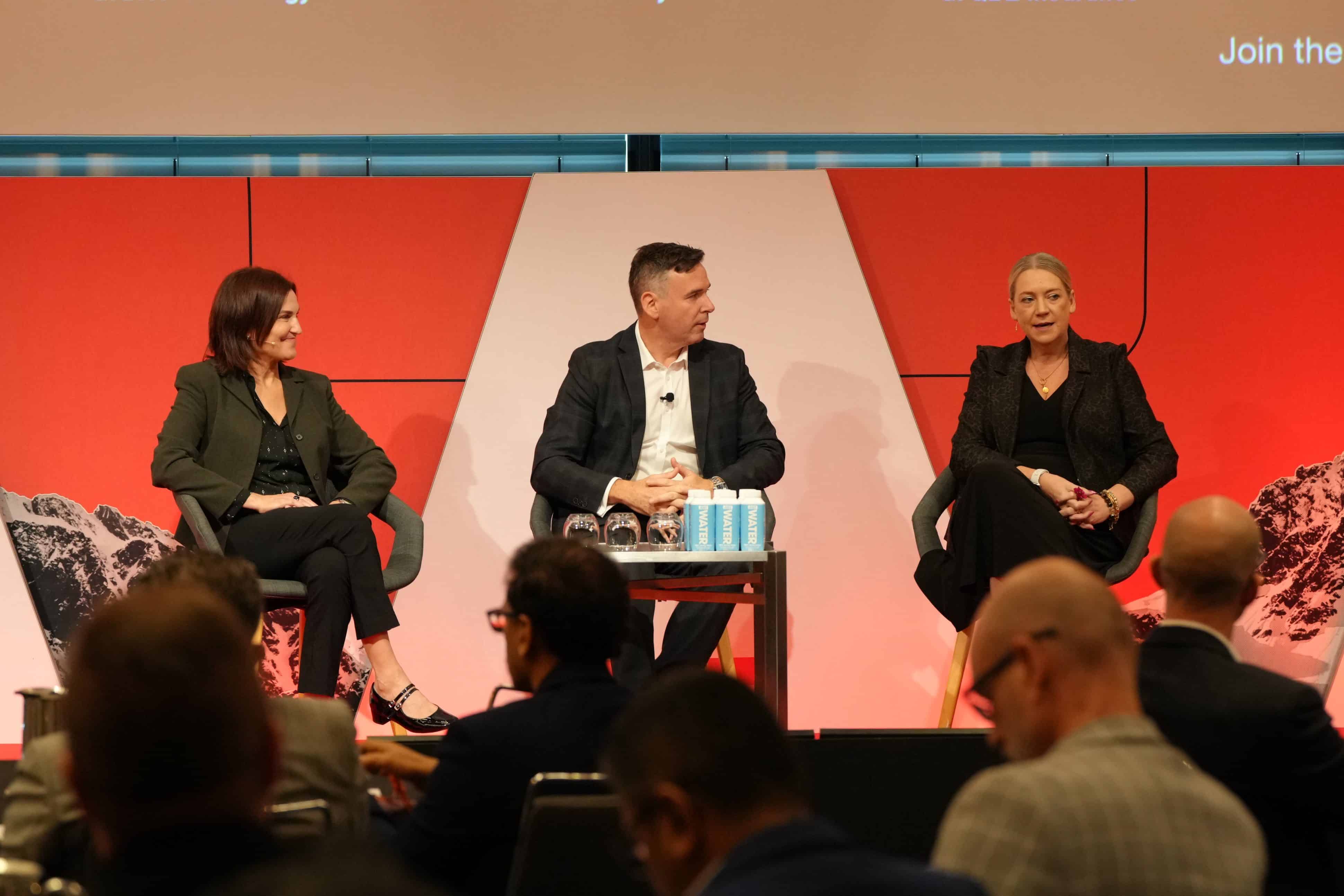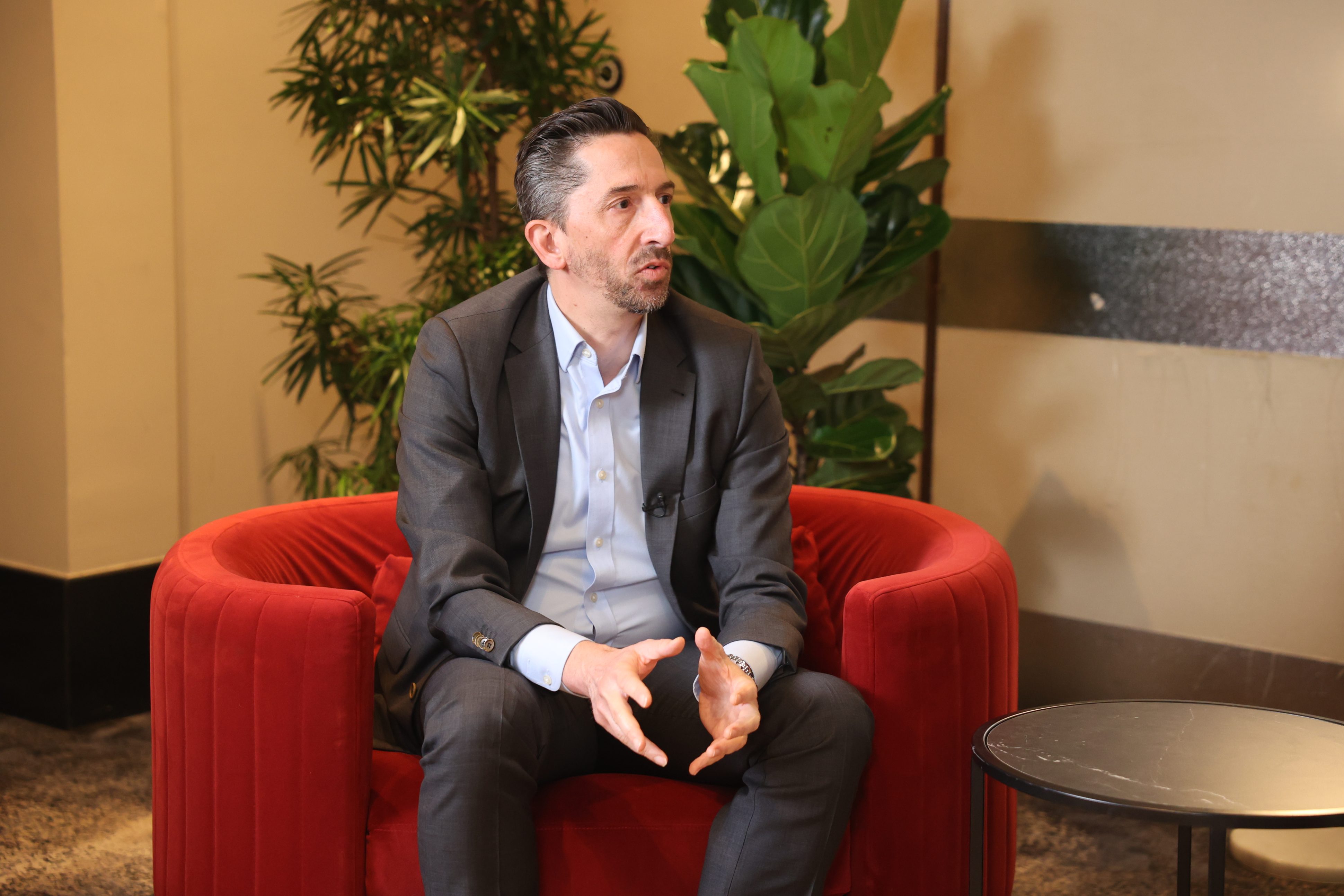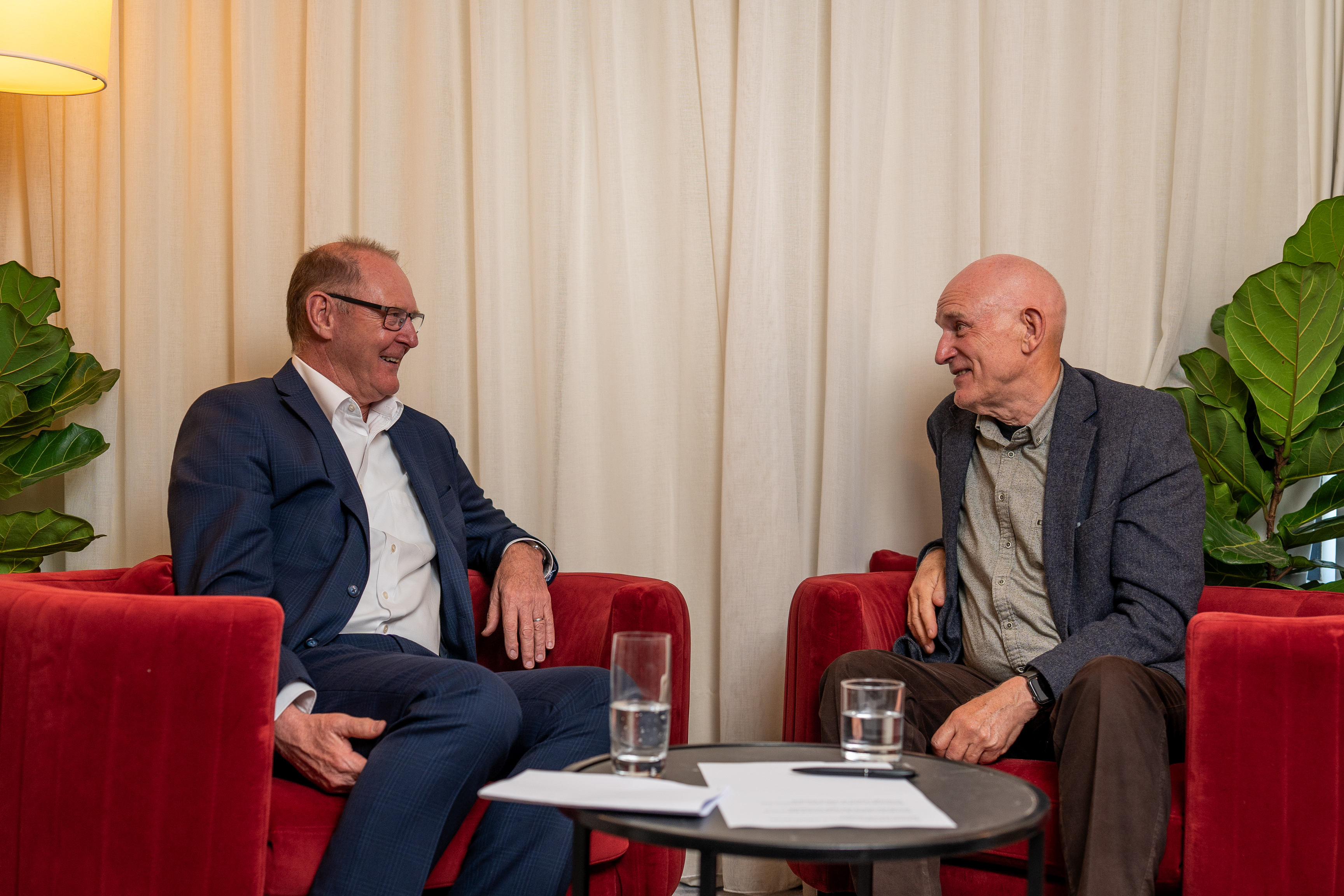In this Security Edge panel, experts examined Australia’s cyber strategy and what’s needed to reach 2030 targets.
Jason Murrell – Chair and Co-Founder of the Australian Cyber Network, Kylie Watson – Head of Cyber Security at DXC Technology, and Catherine Rowe – Global CISO, previously QBE Insurance, joined the panel to explore Australia’s cyber security strategy: its goals, current momentum and the barriers still slowing progress towards 2030.
While the strategy provides a strong framework, the panel highlighted a lack of transparency and measurable reporting, which makes it difficult for the industry to assess effectiveness and stay engaged.
Catherine highlights her frustration with the absence of a central repository to track progress, while Jason emphasises the need for clear, government-driven updates to ensure greater industry engagement and accountability.
Kylie and Jason dive deeper into the funding allocated to cyber security efforts, pointing out the stark contrast between Australia’s commitment and that of global peers.
While Australia’s investment per capita is far below that of countries like the UK, US and Singapore, there is also concern that the country has become increasingly vulnerable to cyber threats.
ADAPT Survey data supports this.
While 70% of CIOs are now actively investing in generative AI—up from 50% in August 2023—spending still represents only around 4% of overall IT budgets (compared to 13% for cyber security).
Kylie notes that Australia is now the fourth most attacked nation, a significant rise since the government announced increased investments in cyber security.
This increased threat is accompanied by a lack of metrics and clear reporting, which frustrates many within the cyber security sector.
The discussion also touches on the escalating risks to critical infrastructure and small businesses, which are increasingly targeted by cyber attacks.
Catherine expresses concern about the rising vulnerability of these sectors, particularly given the geopolitical tensions that could exacerbate the risks.
Both Kylie and Jason stress the need for the government to address these threats more urgently, noting the potential national consequences of inaction, especially for small and medium enterprises that make up a significant portion of the Australian economy.
Key takeaways:
- Lack of transparency and progress tracking: There is a significant gap in how Australia is measuring and reporting progress on its cyber security strategy, making it difficult for the industry to assess effectiveness and stay engaged.
- Underfunding compared to global peers: Australia’s investment in cyber security is significantly lower per capita than other countries like the US, UK and Singapore, putting the nation at greater risk despite increased attack rates.
- Rising threats to critical infrastructure and small businesses: The increasing frequency of attacks on critical infrastructure and small businesses highlights a growing vulnerability, with potential severe consequences for Australia’s economy and security.




